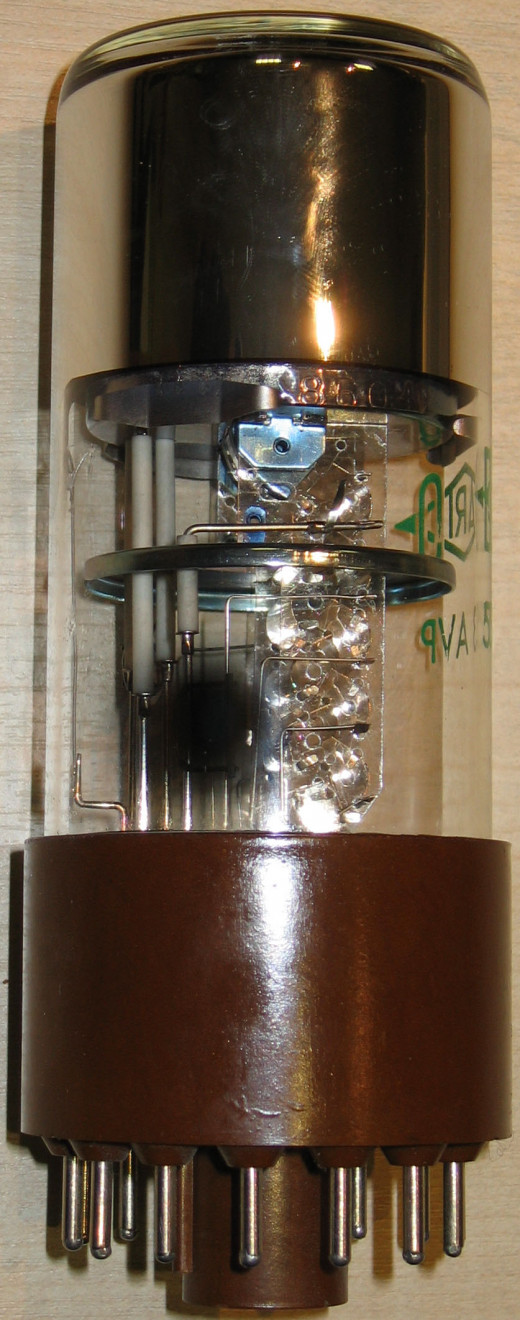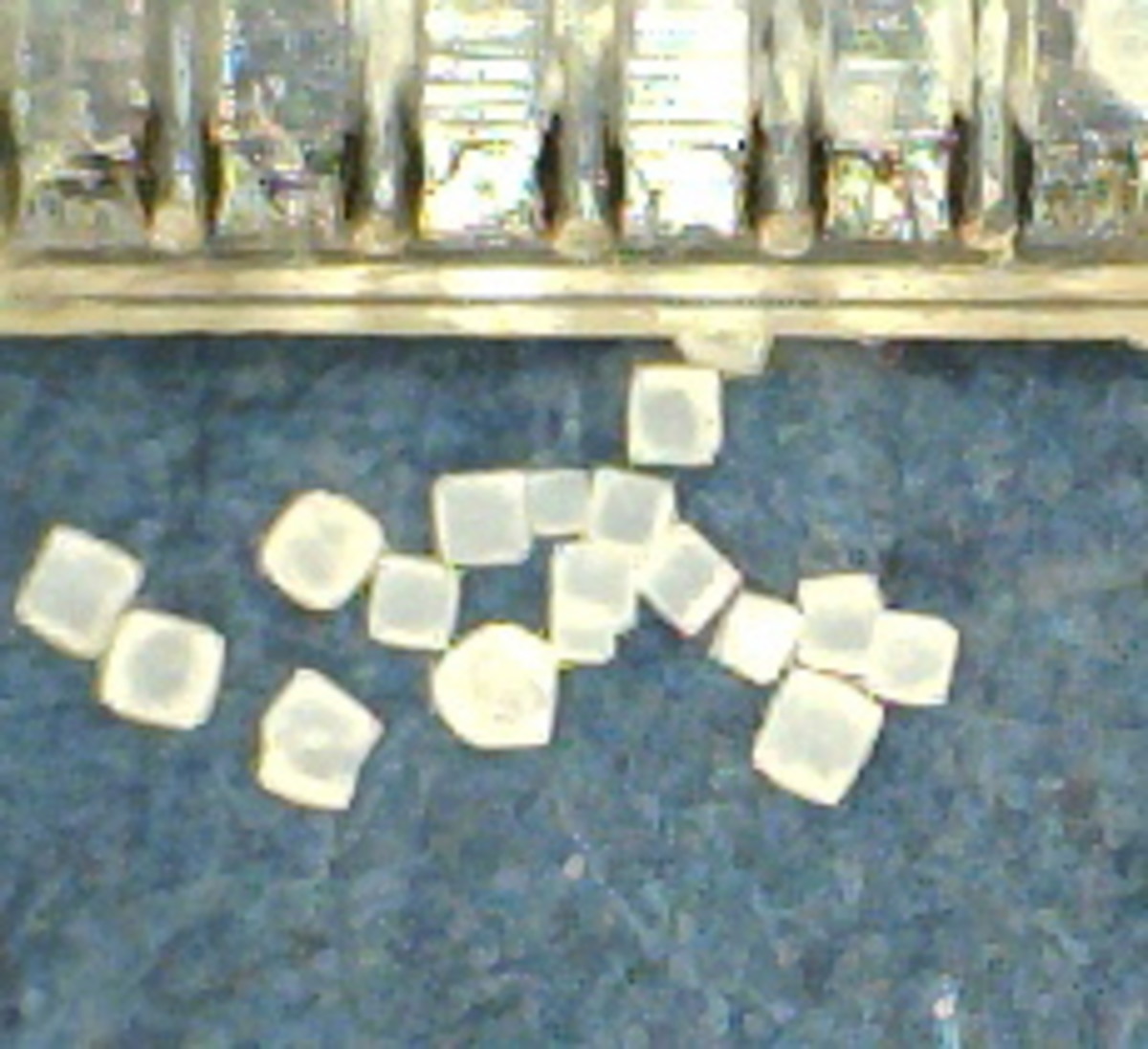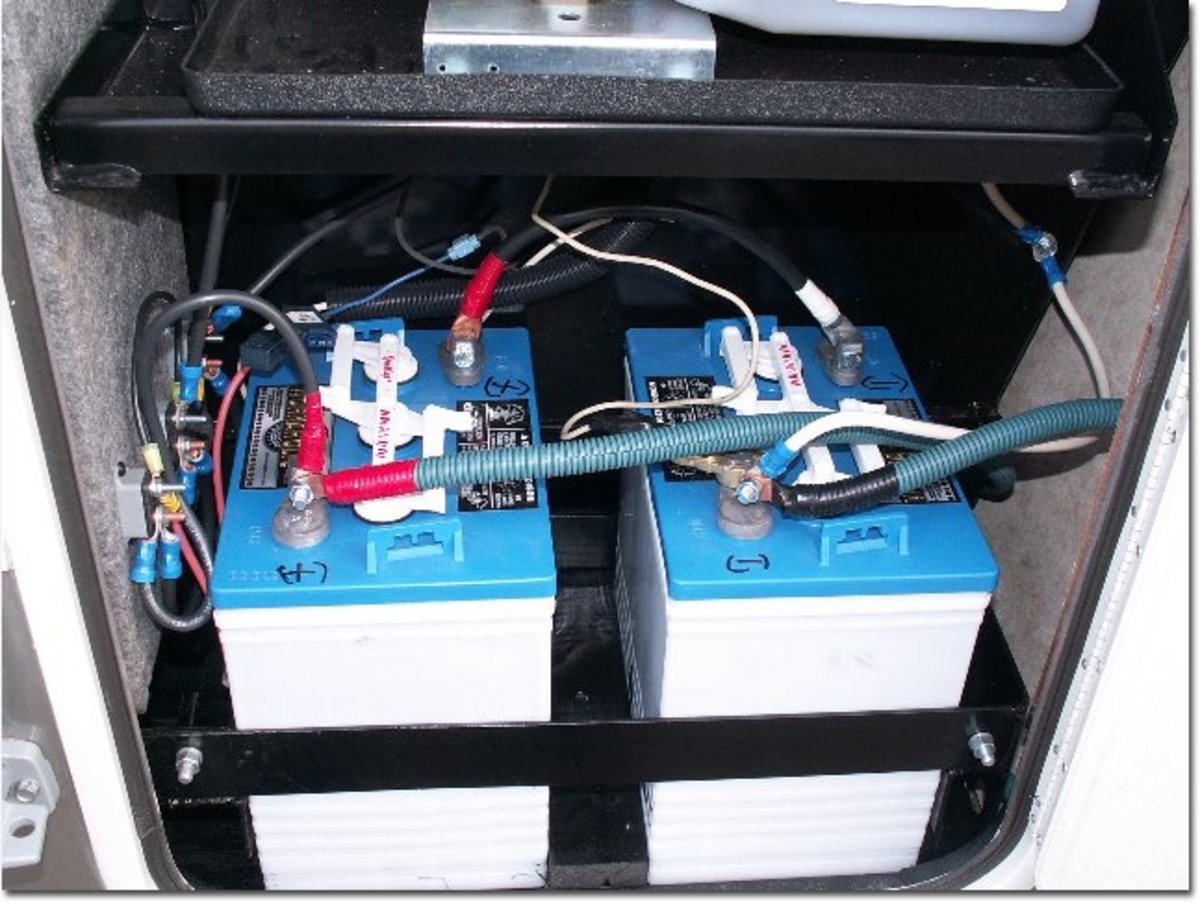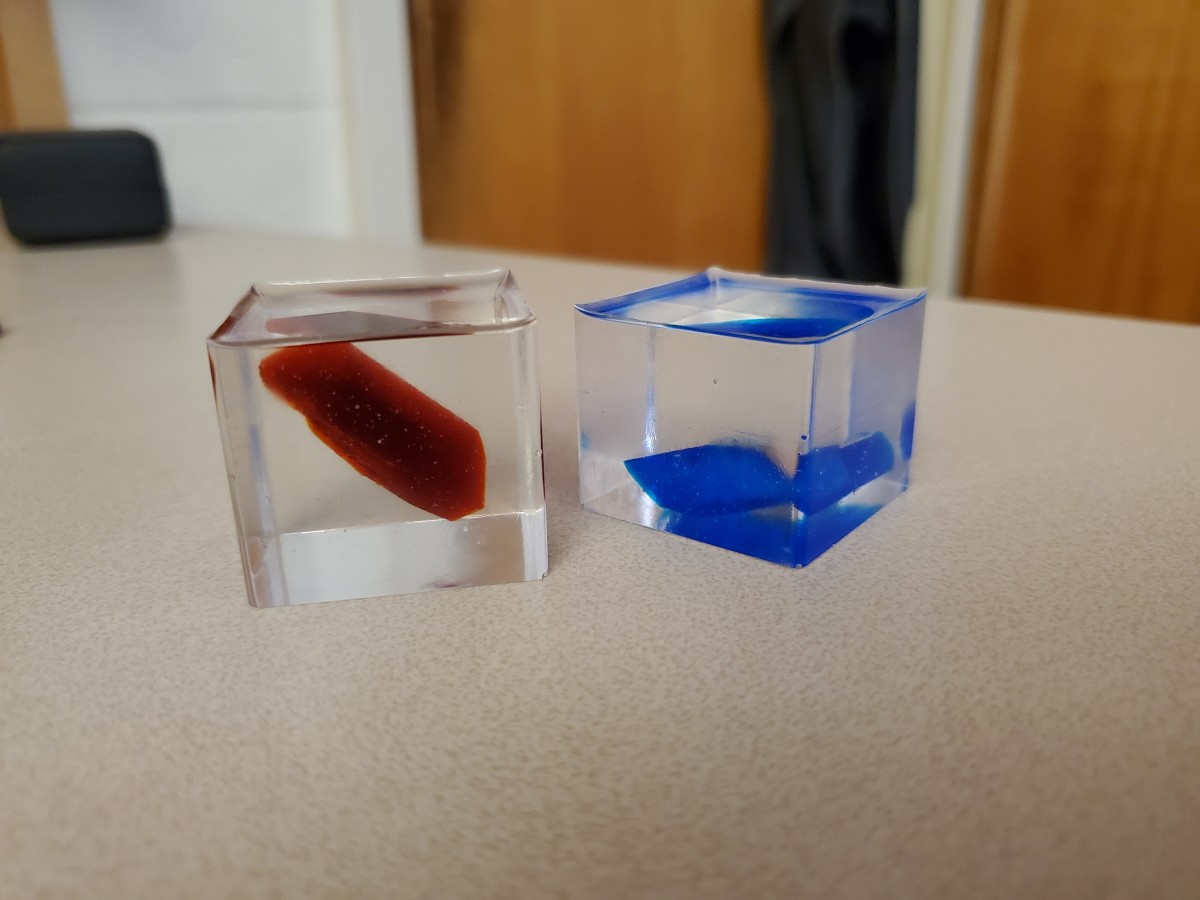Internal Structure of Detector

The role of the detector in optical spectroscopy has evolved over the years, as advances in technology, driven by application requirements, have made the detect
DETECTORS
Introduction
All spectroscopic measurements are made through the use of a detector, which converts photons into a measurable signal. A simple example of a photon detector is the human eye, which can detect visible light with wavelengths in the range of ~390-700 nano meters. Some of the earliest non-biological photon detectors were photographic plates, in which absorbed photons cause chemical reactions that manifest as color changes in the film. A vast majority of modern detectors act as photon transducers, which transform electromagnetic radiation into electrical signals which can be amplified and processed for final interpretation.
Definition:
Spectroscopy is the study of how light interacts with matter, and a necessity for these studies is the ability to detect light. To do this, spectroscopists use a wide variety of detectors which are;
The devices that convert incident photons into a measurable signal are called detectors. Simply detectors produces electrical signals when strike by photons.
Role of detector:
The role of the detector in optical spectroscopy has evolved over the years, as advances in technology, driven by application requirements, have made the detector much more than simply a transducer at the end of an optical arrangement. Earlier instruments generally consisted of a relatively high-cost spectrometer and a low-cost detector such as a photomultiplier tube (PMT). Thus, the detector was an accessory to the spectrometer. As detector technologies improved, the capability, complexity and expense of the detector increased, placing a lower emphasis on the capabilities of the spectrometer, whose design and capabilities remained relatively constant during the same time period. Today, many researchers accept the notion that the detector is the heart of a spectroscopic system and the optical subsystem. In many cases, modern spectroscopic instruments are designed as an integrated system in which the detector is an integral part of the spectrometer or spectro graph, making it possible to optimize the spectroscopic system performance at even lower cost.
Working of detector:
Detectors detect the light and convert it into electrical signals. The light come from specific source and fall on sample solution or solid. Thus according to sample, there occurs phenomena at that time which is electrical signal. This manual signal is thus amplified and final interpretation is achieved. The manner by which photons are converted to electrical signals varies widely. Detectors respond to various wavelengths. Thus mostly used wavelengths are;
- UV radiation: 300 to 400 nm
- Vis radiation: 400 to 765 nm
- NIR radiations: 765 to 3200 nm
Fundamental Characteristics of Detectors:
All detectors can be evaluated in terms of their various fundamental characteristics, including spectral response, linearity, quantum efficiency, dynamic range, response time, and susceptibility to noise. Certain types of detectors are better suited to particular applications based on how well they perform in these areas.
- Spectral Response and Linearity:
The ideal detector would be able to convert incident photons of any energy into an electrical signal, and would have a perfectly linear response, such that the magnitude of the current produced is directly proportional to the number of photons striking the detector. The spectral response of a detector largely determines its usefulness for various applications; silicon photodiodes are used in the UV and visible regions but are not sensitive beyond 1100 nm, while germanium photodiodes are insensitive to UV light, but can detect longer wavelengths up to 1800 nm.
2. Quantum Efficiency:
Quantum efficiency is a measure of how well a detector can convert photons into an electrical signal. It is often reported as the ratio, η , of the number of electrons generated by the detector divided by the number of incident photons; the latter definition takes into account the effects of noise and other signal losses within the system, and represents a more accurate measure of the efficiency of a detector. An ideal detector would have a quantum efficiency of 100%.
3. Response Time:
The generation of an electrical signal from an incident photon occurs on a very fast, but measurable timescale, which varies by detector type. An ideal detector would have zero response time, though this is an impossibility in real detectors. Some detectors, such as photodiode arrays, which use multiple detector elements arranged to gather spatial information, can have response times on the order of milliseconds, whereas conventional photocathode detectors have response times on the order of nanoseconds.
4. Noise:
All detectors generate small signals that do not correspond to absorption of a photon, and these signals are collectively termed noise. Noise does not contain any useful information, and therefore it is important to minimize signals due to noise relative to the overall signal. There are many forms of noise, including shot noise, dark current noise, thermal noise, generation-recombination noise, and read-out noise, all of which arise from different factors.
5. Sensitivity:
Adequate sensitivity range is 10-18 to 10-15 g analyte/sec.
6. Temperature:
Temperature range from room temperature to atleast 4000C.
7. Safe use:
Ideal detector is easy to use and must be nondestructive of sample.
Classification of detectors:
Detectors can be divided into two broad categories:
- Those that function via the photoelectric effect, and
- Those that are based on the solid-state properties of semiconductors.
1.Photoelectric effect based detectors:
The photoelectric effect is a physical phenomenon through which absorbed photons can eject electrons from the surface of a conductor, provided the photons have energies greater than the work function of the material. The kinetic energy of the ejected electron, termed a photoelectron, is given by
K.E electron=hν−ϕ (1)
in which h is Planck's constant, ν is the frequency of the incident photons, and ϕ is the work function. Many detectors exploit this effect, as the ejected photoelectrons can be collected at an anode and measured as a current. It includes;
i.Photovoltaic cell:
Those in which radiant energy generate current at interface of semiconductor layer and metal.
Advantage :
- It have simple design
- It is inexpensive
Disadvantage:
- amplification of detector not possible
- lesser respond of detector with light other than blue and red light.
ii.Phototube:
Phototubes are those in which radiation causes emission of electrons from photosensitive solid surface.A phototube comprises of a light-sensitive cathode and an anode inside an evacuated quartz envelope. A potential difference of approximately 100 V is applied between the two electrodes. A photon entering the tube strikes the cathode and results in ejection of an electron which strikes the anode and results in flow of current. The current is generally of low intensity and needs to be amplified. The response of the phototube is dependent on wavelength of incident light.
Advantage:
- In it amplification of signal possible
- It have better sensitivity than photovoltaic cell
iii. Photomultiplier tubes:
These are the tubes which contain photoemissive surface as well as additional surfaces that emit cascade of electrons when struck by electrons from photosensitive area.
The photomultiplier tube is the most popular detector used in UV- Visible spectroscopy. It comprises of a photosensitive cathode, anode and several dynodes.
Photons entering the tube strike the cathode resulting in emission of electrons. The electrons are accelerated towards the first dynode which is 90 V more positive than the cathode.The electrons striking the first dynode resulted in several electrons for each incident electron. The process repeats itself from one dynode to next and after about 10 dynodes each photon results in production of 106 to 107 electrons. The resulting current often needs to be amplified.
Photomultipliers have high sensitivity for UV and visible radiation and have fast response times. However, they are susceptible to damage when exposed to high intensity light. Photomultiplier tube is inherently more sensitive than the photo tube.
Advantage:
- Extremely sensitive can detect weak signals even 200 times than that could be done using photovoltaic cell.
- Extremely fast in response.
All these are used to respond to photons.
- 2. Semiconductor-based / heat detectors:
Semiconductor-based detectors rely on a similar effect, though instead of ejecting photoelectrons from the surface of a conductor, absorbed photons excite electrons from the valence band of a semiconductor into the conduction band. This excitation results in an electon-hole pair, which allows current to flow through the semiconductor; this current can be quantified and interpreted with an appropriate circuit.
These respond to heat and are used for detection of infrared light.
The measurement of infrared radiations is difficult as result of low energy. Thus electrical signal from IR detector is small and require large amplification. For it photo tubes are not applicable. Thermal detectors are required for that which are;
- Thermo couple
- Thermisters
- Semiconductor detectors
All these are used to respond to heat.








